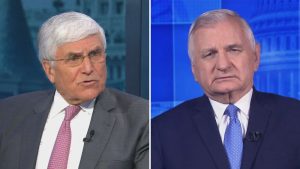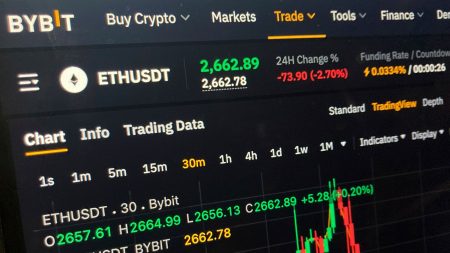Trump’s Reciprocal Tariff Policy: A Bold Move Toward Trade Fairness
In a move that has sent shockwaves through the global economy, former US President Donald Trump has announced a new trade policy aimed at addressing what he calls unfair trade practices by other countries. Trump has vowed to impose reciprocal tariffs on nations that charge taxes on US imports, matching their tariffs dollar for dollar. This policy, which he unveiled on his social media platform Truth Social, is designed to create a level playing field for American businesses and reduce the massive US trade deficit. The deficit, which surpassed $1.2 trillion in 2023, has long been a point of contention for Trump, who believes it costs American jobs and undermines the economy. By early April, his team is set to begin calculating these new duties, signaling a significant shift in US trade strategy.
The Potential for a Global Trade War
Trump’s announcement has raised fears of a global trade war, as other countries may retaliate against these new tariffs. A trade war could lead to higher prices for consumers, disrupted supply chains, and slower economic growth worldwide. The US has long been a proponent of free trade, but Trump’s approach represents a stark departure from that tradition. His administration argues that many countries impose unfair tariffs, value-added taxes (VAT), and other trade barriers on American goods, giving their own industries an unfair advantage. By mirroring these practices, Trump hopes to force other nations to negotiate lower tariffs and trade barriers. However, critics warn that this could lead to a spiral of retaliatory measures, hurting businesses and consumers alike.
Targeting Nations with High Trade Surpluses
The US plans to focus its efforts on countries with the largest trade surpluses, particularly those that export significantly more to the US than they import. According to the US Census Bureau, the top five countries with the highest trade surpluses against the US are China, Mexico, Vietnam, Ireland, and Germany. These nations could face the brunt of the new tariffs, which may disrupt their industries and incentivize them to reduce trade barriers. The White House believes this strategy will help shrink the US trade deficit and protect American jobs. However, some experts argue that targeting specific countries could lead to unintended consequences, such as shifting trade imbalances to other nations or sparking broader trade tensions.
The UK’s Cautious Approach
The UK is among the countries that could be impacted by Trump’s tariffs, particularly if the US treats VAT as a form of tariff. According to Paul Ashworth, chief North America economist at Capital Economics, the UK could face tariffs of up to 24% if Trump follows through on his threats. This would make the UK the fourth hardest-hit country, after India (29%), Brazil (28%), and the EU (25%). The UK government has adopted a "wait and see" approach, with minister Pat McFadden refusing to confirm whether Britain would retaliate. However, the UK is likely to push for exceptions or negotiate exemptions, especially for industries that are heavily integrated with the US market.
India’s High Tariffs and Strategic Partnership
India has also come under scrutiny due to its high tariff rates, which the World Trade Organisation (WTO) reports as the highest in the world. The simple average tariff rate for all products in India is 17%, compared to just 3.3% in the US. During a recent meeting with Indian Prime Minister Narendra Modi, Trump criticized India’s trade policies, stating that it is "very hard to sell into India."Despite these tensions, the two leaders agreed to cooperate on key areas such as artificial intelligence, semiconductors, and strategic minerals. India has also committed to purchasing more US oil and gas, which could help reduce the trade imbalance. However, given India’s protectionist stance, it remains to be seen whether the US can negotiate meaningful reductions in tariffs.
The Broader Implications of Trump’s Trade War
Trump’s reciprocal tariff policy represents a fundamental shift in US trade policy, with far-reaching implications for the global economy. While the aim is to address the US trade deficit and protect American jobs, the reality is that such measures could lead to a cascade of retaliatory actions, inflaming trade tensions and potentially sparking a global trade war. The policy also reflects a broader trend toward economic nationalism, as countries increasingly seek to protect their domestic industries. As the US pushes ahead with these tariffs, the world will be watching closely to see how other nations respond and whether this strategy leads to meaningful trade reforms or widespread economic disruption.
In conclusion, Trump’s reciprocal tariff policy is a bold and controversial move that carries significant risks and potential rewards. While it may prompt other countries to lower their trade barriers, it also threatens to destabilize global commerce and trigger a trade war. The coming months will be critical in determining whether this strategy leads to a more balanced and fair global trade system or exacerbates economic tensions worldwide.















